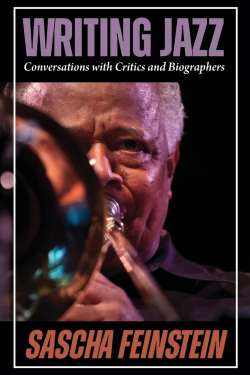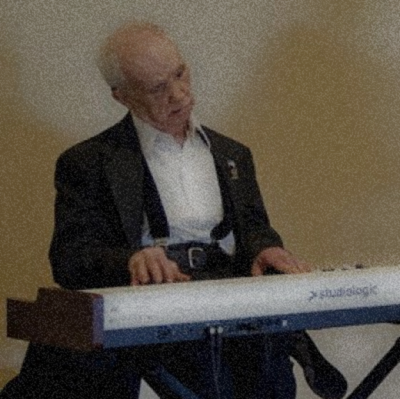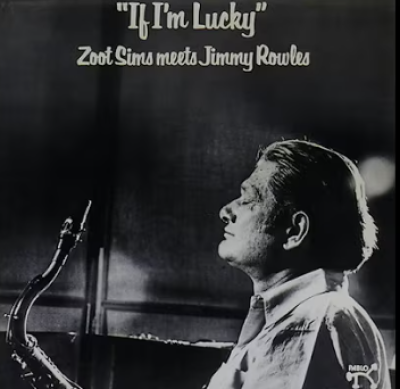Sue Mingus,
author of
*
In Tonight at Noon, Sue Graham Mingus gives us an elegant and unsparingly honest memoir of a romance between American opposites: she, a product of privilege, a former midwestern WASP debutante and Smith College graduate who worked as a journalist in Europe and in New York; he (Charles Mingus), an authentic jazz titan, a brilliant, eccentric, difficult artist, a scion of Watts, Los Angeles, who would become one of America’s foremost composers.*
Sue Mingus answers a few questions about Charles and their relationship in our Jerry Jazz Musician interview…
Interview by Paul Hallaman
___________________________
We walked for a few blocks and caught a cab in front of the Plaza Hotel, where he said it was easier to find a driver who overlooked the color of your skin in favor of the green inside your wallet. In the middle of our ride, Mingus changed his mind about dinner and said there was something important he needed to show me first. He ordered the driver instead to Grand Central Station. When we arrived, he jumped out of the cab and swiftly led me downstairs, hurrying through the halls and corridors until we reached a corner that echoed our voices along a wall. I waited at one end of the long wall while he spoke in a low whisper from the other side, unexpected words of tenderness that roared across the room, shy words of love that slid along the grimy walls of Grand Central Station as distant and unreal as the graffiti they swept past.
“I love you,” he was saying. “I want you to be my woman.” I laughed off his words. They were sounds in a station from a man I hardly knew. Still, I went on listening.
– From Tonight at Noon, by Sue Mingus
*
Charles Mingus
photo by Lee Tanner
___________________________
JJM How did you come to write the book at this point in time?
SM My initial intent was to write about the experience of Charles dying in Mexico, because it so magnificently exposed many sides of Charles that the public is not familiar with — his spirituality, his great humor, his heroism and courage — and I wanted to write about this. What got press for Charles, of course, was the side that hired and fired musicians on stage, and yelled at bartenders and insulted the audience — all of which were perfectly true — but that was just one side of Charles. There were so many others. There was Charles, for example, at the piano composing, where he spent eight hours a day most every day. This is something people didn’t know. I was going to call the book “A Portrait of the Artist as a Dying Man,” and people starting talking to me about the project in quite personal ways, so, it turned out to be a much more personal memoir than I had intended it to be. That was the genesis of the book.
JJM The period in the book that focuses on his final months is an eloquent and beautiful description of Charles and your family dealing with the struggle to live and to try and conquer illness. Did you kept a journal during this period?
SM I did keep a journal when we were in Mexico. It was a way of hanging on, and a way of living those moments over and over. There are a lot of reasons why people write, and part of it is certainly to hang on and to record and remember. That part of this story could have been the whole book as far as I was concerned, but there are readers who find the other historical part interesting because it shines some light on Charles that is a bit different and probably kinder to him than he was to himself.
JJM Yes, it’s a very different portrait than the one he paints of himself in Beneath the Underdog.
SM Part of that book was bravado. My understanding is that someone told Charles to put a lot of sex in it and it would sell! He had lots of anger to tell the world about that the world wasn’t quite ready to hear at that time. He had plans to do another book just on music, because music was prominently missing from Beneath the Underdog. I have all kinds of material of Charles’ — probably ten or fifteen tapes where he discusses music, musicians, composition and the record industry. One day I hope to put this work out, just “Mingus on Mingus and music.” That was an element that was sorely missing in Beneath the Underdog, as interesting as it was on its own terms. Charles had so many sides that to do him justice will require a great biographer.
JJM I read an article by Owen McNally from the Hartford Courant that describes the book in cinematic terms. Have you been contacted by studios for film treatment?
SM I have been, but nothing has happened so far.
JJM If a film were made, who would you see in the leading roles?
SM I have thought about this through the years, from James Earl Jones about twenty years ago to Denzel Washington today. There have to be many capable actors out there that I don’t know about.
JJM Who would play Sue Graham?
SM Who knows? Time goes by. I don’t remember who I thought of initially, but I can imagine Sissy Spacek, maybe Jodie Foster, and probably hundreds of others we don’t know about.
JJM Your background was very different than Charles’. He grew up in Watts, and you are from Milwaukee Did these differences raise issues in your relationship?
SM I had already left Milwaukee long before meeting Charles. I went to school in the east and lived in Paris and Rome. I married an Italian who I had two children with. Then I moved to New York. My life already expanded beyond Lake Michigan so it wasn’t totally new, but living in New York and being involved in bohemian, artistic, cultural surroundings was somewhat different from the way I grew up. Charles, of course, was unlike anything else I had experienced. He was a very unique individual.
JJM You weren’t a jazz fan when you met?
SM That’s right. I knew nothing about jazz when we met. I grew up in a classical music environment. My mother played the harp and the piano, and my father was a “wanna-be” opera singer. We listened to opera and classical music all the time, and I played piano for about fifteen years. I liked a number of things that were jazz, for instance I loved Billie Holiday and had a number of her records, but I didn’t really know about jazz. Jazz and Charles came as quite a surprise.
JJM What are your favorite recordings of his?
SM It’s really hard to say because he left such a diverse legacy. His music includes pieces that are European classically oriented, that are bebop, that are drenched in the blues and gospel, even dixieland and latin. There is almost everything. Part of the genius of Charles was that he assembled all of these diverse musical genres, and they came out magically Mingus. His sound was so distinctive. You hear three or four notes and you know it is his work, the same way you hear two or three notes of Miles Davis on his horn and you know it’s him.
JJM Who did Charles Mingus most admire in jazz?
SM Well, Duke Ellington, but he admired Bach, Stravinsky, Beethoven, Jelly Roll Morton, Charlie Parker, and many other musicians.
JJM When Charles recorded for Impulse Records, their logo included the phrase “The New Wave of Jazz is on Impulse!” He objected to that phrase and had them change it on his album Mingus Mingus Mingus to something like “The New Wave in Ethnic Folk Music” is on Impulse! Do you remember that?
SM Well, there was a time when he said jazz means “nigger music” and wanted to call it something like “jazzical.” Charles confronted just about everything and then went on to the next thing. There were times when he said he didn’t like music that was written out because he felt it lost its spontaneity. He said he didn’t like “pencil composers,” and then five years later he was writing these gigantic scores that spilled over the lecterns when the musicians were playing them. Cumbia and Jazz Fusion is at least ten or fifteen pages long for each part. So, he never pretended to be consistent, and he certainly confronted everything in his path.
*
Editors note: In the 23 years since Charles Mingus’ death, Sue Mingus has devoted herself to exposing his music through the Mingus Big Band. For information on these recordings, visit Dreyfus Records.
___________________________
by
Sue Mingus
_______________________________
Charles Mingus products at Amazon.com
_______________________________
This interview took place on July 24, 2002
_______________________________
*
If you enjoyed this interview, you may want to read our interview with Miles Davis historian Gerald Early.
*
Other Jerry Jazz Musician interviews
* text from the book jacket










































